Modern washing machines have a load of programs and mode settings. Among the most essential is the drain mode.
Drain mode works in conjunction with other wash settings to accomplish a successful wash cycle.
Surprisingly, few people know what this washing program is for and how to use it. If you are one of them, you are in the right place.
Keep reading to learn everything you need to know about it.
What Is a Drain Setting and How Does It Work?
The drain program removes water from the washing machine tub into the drain.
The drain mechanism involves the washer pump pushing out the water via the drain hose before it starts to refill in readiness for the rinsing cycle.
Other instances drain mode is useful in laundry include the following:
- After canceling a wash program, sometimes, the water has started to fill in the drum. You might find it useful to reset and start the program fresh.
- When using a top-loading washer for pretreatment of stains. Usually, after the soaking period, you have to drain the water and rinse the garment and start a new cycle. This is to avoid contaminating other clothes with the pretreatment cleaning agents. Usually, some of them might have bleaching effects on colored clothes.
- After the end of the washing cycle, you will have to drain the water, then rinse the clothes before air drying.
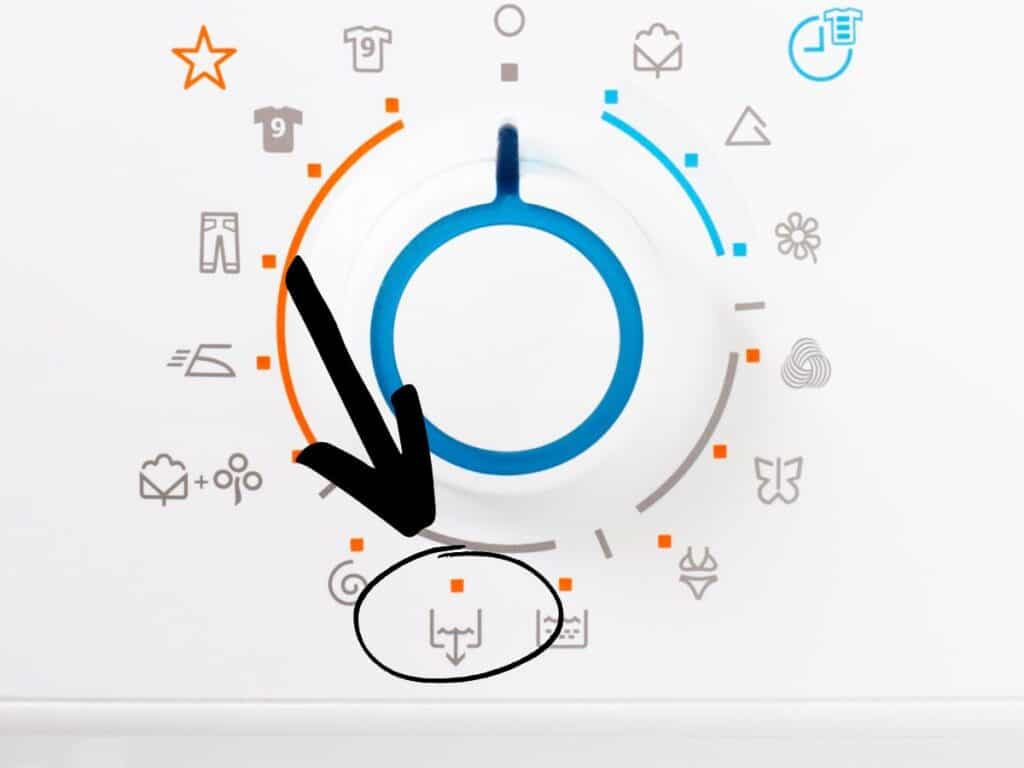
Why Is My Washer Drain Setting Not Working?
Sometimes the mechanism we described above might not work. Here are a few things you can do to troubleshoot the cause of the problem.
Check if the Drain Hose Is Twisted
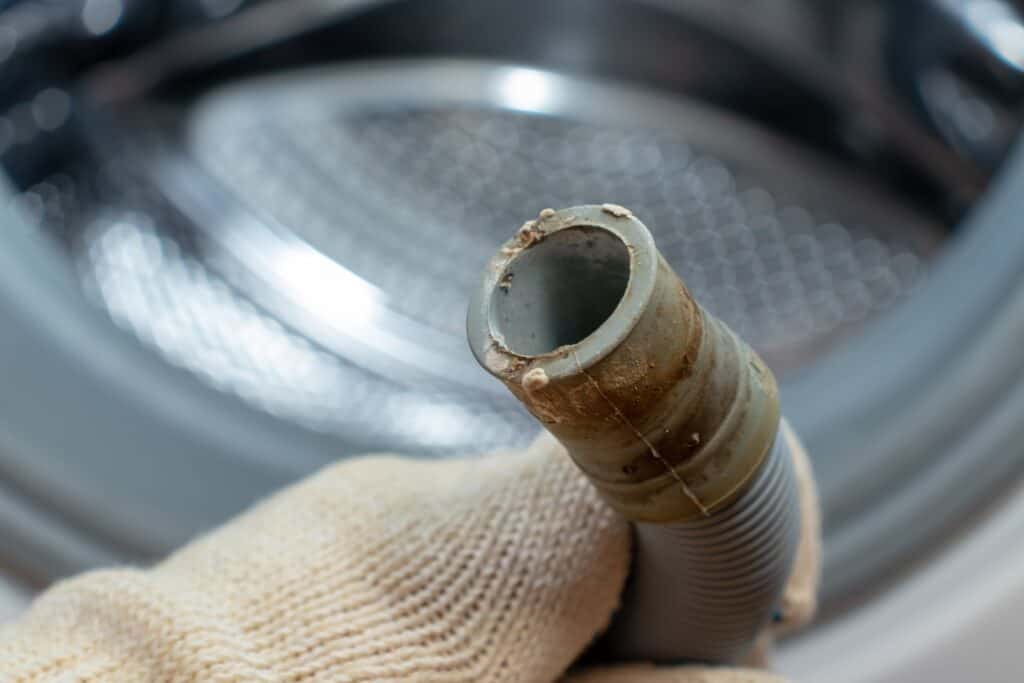
This should be your first point to check. If the hose is kinked, water will drain out. To ensure all the drain pipes are working as they should, you’ve to reach out at the back of the washer and check.
Additionally, look for blockages in the pipe from lint or other debris.
Drive Belt
The drive belt is an essential part of the washer pump, as it helps in turning the pump motor. If it malfunctions, the pump will not drain water as it should.
However, unless you’re a trained person in this field, all this may be too technical, so you might need to have it professionally checked.
Check the Lid Switch
This is important, especially for the top loading washers where the lid switch plays a critical role in the draining of the washing machine.
To see if this might be the culprit, you can press the switch manually to activate the drain mechanism. If the drainage system doesn’t budge, the switch could be faulty.
Check for Drainage Backflow
How high the drainage hose is placed can determine if the drainage will work properly.
To properly function, the drainage hose shouldn’t rise higher than the height of the washer.
Placing it higher than this level can make the water flow back into the washer instead of draining out.
How to Drain a Washing Machine Manually
If the drain setting doesn’t work as envisaged, you might resort to removing the water manually. Here are a few steps you can use to sidestep a faulty drain setting and successfully drain the washer.
Draining a Top Loading Washer
First, Switch Off the Power
Do this before attempting anything else. Even better, you can unplug it from the power socket to avoid the risk of electrocution.
Ease the Access to the Drainage Hose
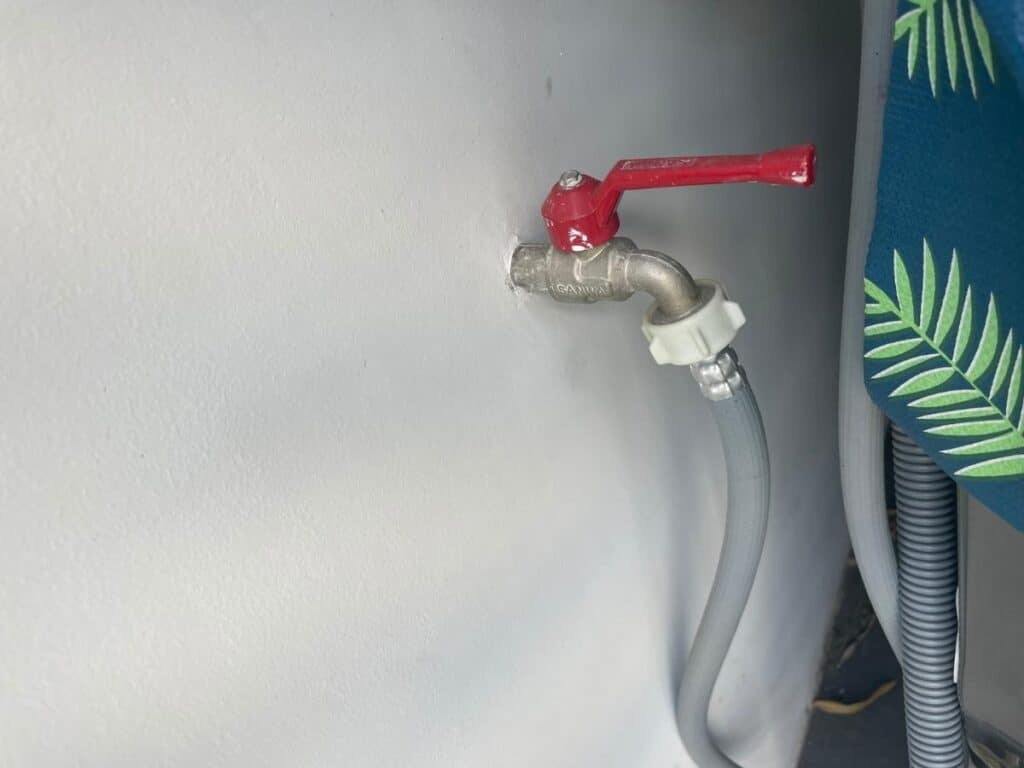
Before starting, make sure there is enough wiggle room to work at the back of the washer where the drainage hose and the inlet pipes are located. Next, cut off the water supply from the water faucets.
Remove the Clothes From the Tubs
To effectively drain the water, you need to remove the clothes from the tub. You can do this by transferring them into a basin or a bucket and keeping them away to give you room to work.
Siphoning the Water
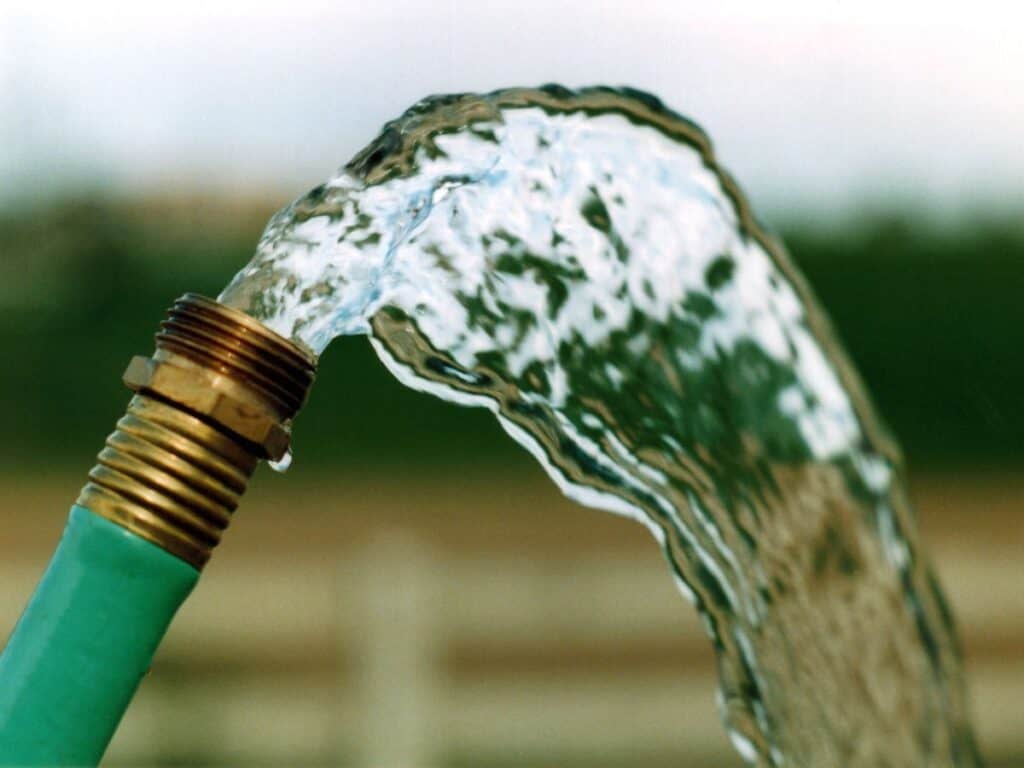
You can use a short pipe around six feet long to do this. If you cannot find an alternative pipe, you can use the cold or hot pipe.
A cheap manual bilge pump from Amazon will also do wonders if you don’t have anything around the home.
Next, bend the hose in a semi-circle shape with the two ends facing upwards, and then fill the hose with water.
Then, dip one end of the hose into the water in the washer drum, and push the other end into the draining bucket. Once that is done, water will immediately start coming out of the washer drum.
Remember to be careful when placing the two ends in the drum and the bucket. For this to work, the outlet end of the hose must be at a lower level than the end dipped into the drum.
Draining From an Automatic Washer
Remove the Drain Pump Cover
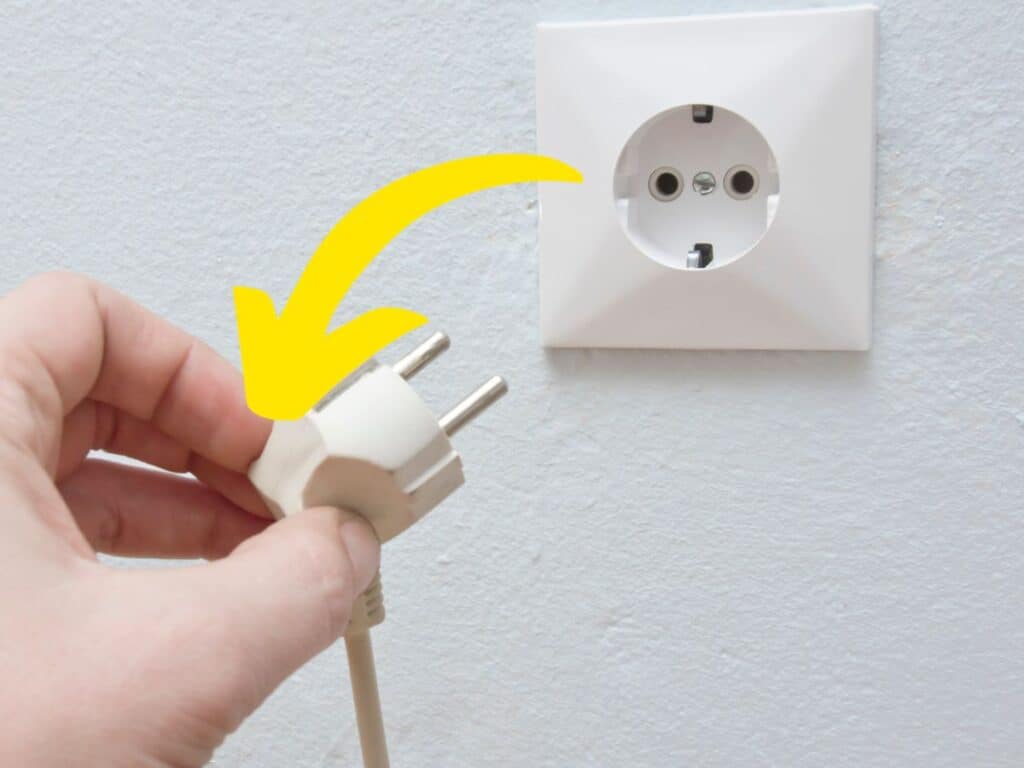
Just as in the case of the top loader, make sure the power is switched off and unplugged from the wall before you start working.
Next, find and remove the drain pipe filter cover, which is usually located at one of the front lower corners.
Open the Drain Hose
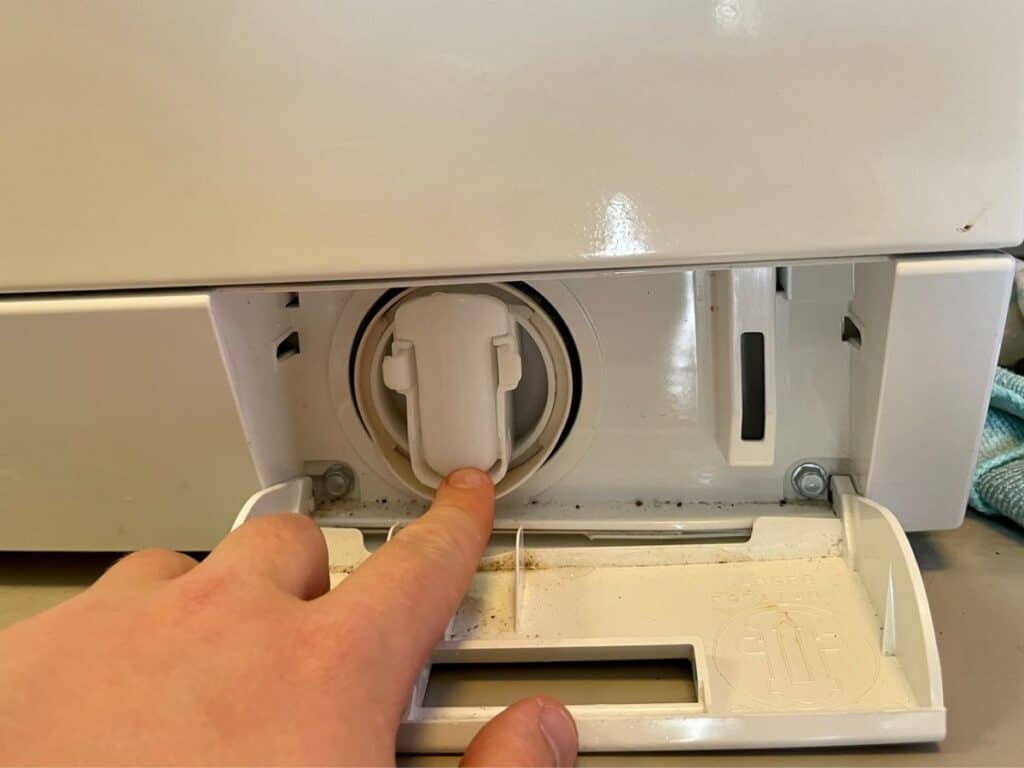
Once the cover is open, find the short rubber pipe, which is the drain hose, and pull it out. Next, have a container ready for receiving the water.
Preferably this should be a low-lying container such as a tray to ease the free flow of the drained water.
Next, with the draining end of the pipe in the container, uncork the pipe end of the pipe and let the water flow into the tray.
Once the tray fills, you can cork the pipe to allow for the disposal of the water in the tray before resuming draining.
If all the water has drained out, you can remove the drain pump filter to clean all the debris blocking it. Just turn it counterclockwise to remove it.
Once you give it a thorough wash, you can fix it back, cork the drain hose and push it back in place. You can now place back the drain pump cover. That is it.
Final Thoughts
Drain setting in a washing machine is a useful program that helps in draining water easily when you need to. While using this setting can make your work easier, for several reasons, it doesn’t work as it should.
If this happens, you will have to drain the water manually. Hopefully, with these tips, you’ve got a better understanding of how the drain setting works and what to do if it malfunctions.
However, remember these are general guidelines, as specific washers might have different drain setting designs. If you find it challenging, consult a qualified technician.
I’ve created a comprehensive guide on how to use all the settings on your washing machine that may interest you to read next.

I’m an expert wardrobe organizer and a bit of a clean freak. I created this website and its YouTube channel to share practical guides about laundry and organizing. My teachings have been featured in multiple large news publications, and I’ve self-published two wardrobe organizing books and an entire course on the subject.

